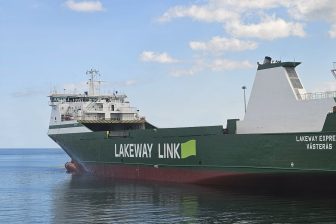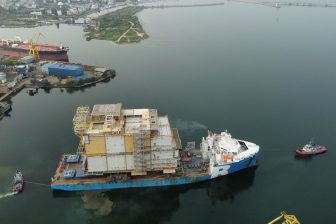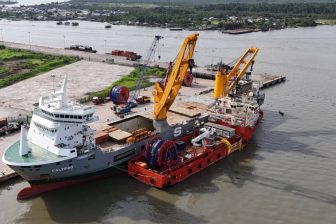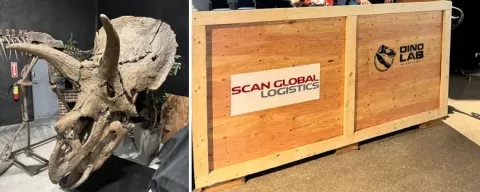
A fossil heads to Berlin
So many times we have heard that no day is the same in project cargo shipping sector, that no cargo is the same. However, for Scan Global Logistics it was a peculiar cargo that needed careful handling. Namely, the company was approached by a US customer with a question, “Do you handle fossils?”
The company was tasked with transporting a Triceratops skull from the Cretaceous Period between 145.5 and 65.5 million years ago to Berlin. The skull was to exhibit at the Museum of Natural History in Berlin. In a close cross-country collaboration between Canada, the US and Germany, the unusual cargo was successfully put on display after passing one of our most peculiar customs clearance procedures to date.
Peculiar challenges
Because of the commodity’s nature, a bit of a once-in-a-lifetime transport, challenges were expected and handled by a coordinated cross-country team effort.
“Close teamwork, active communication and organisation between our regional offices were key to securing the unusual cargo’s success,” says Krizia Pacheco, Operations Manager, Los Angeles Airfreight Team.
After carefully wrapping and shipping the historic skull and bones from Los Angeles to France and trucking the rare cargo to Germany, it had to pass customs.
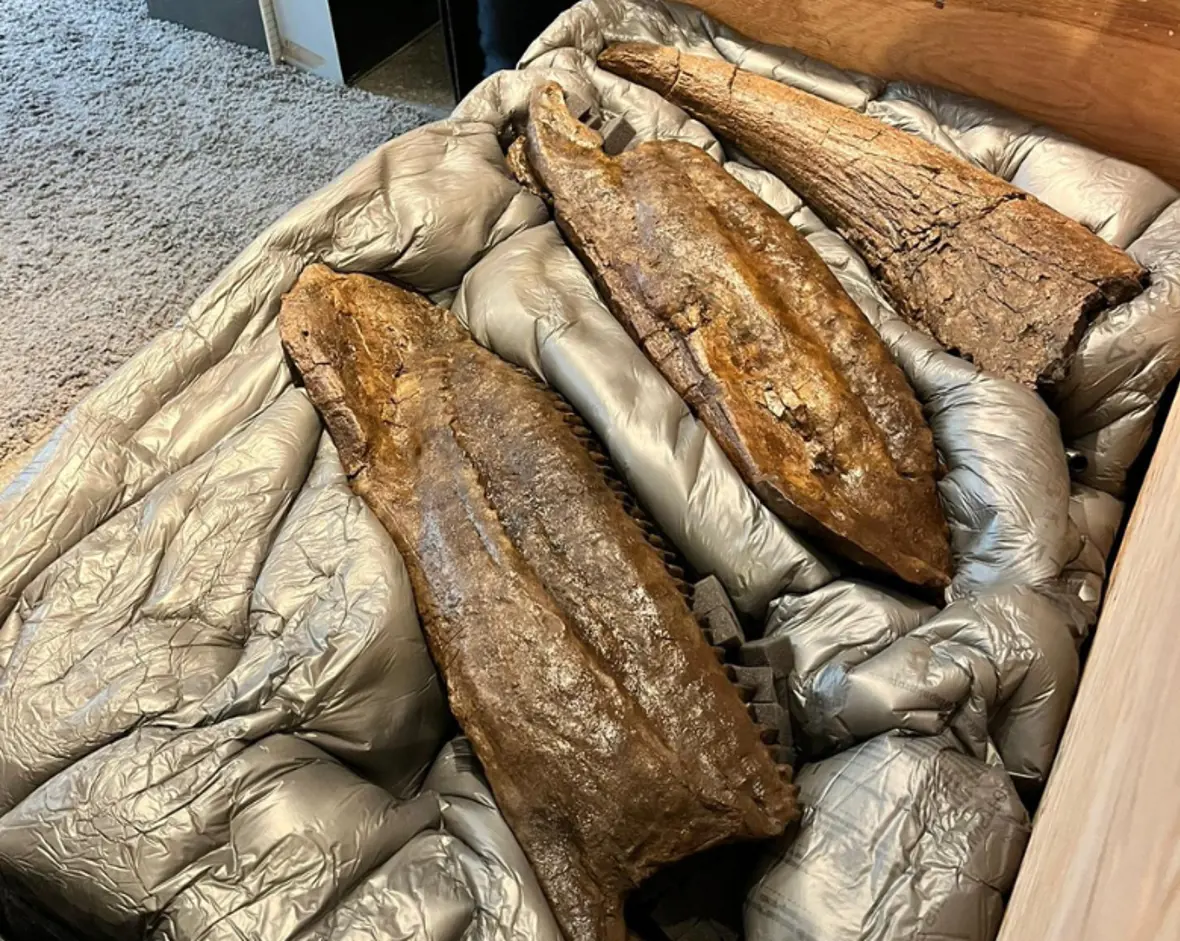
“Being a step ahead is essential to ensure a smooth handling as possible for such delicate transport,” Pascal Putzenlechner, Air Freight Import Manager, explains. “Our first task was contacting customs in Frankfurt regarding any specific requirements relevant to this type of object. In close collaboration with our colleagues in Los Angeles, we procured the original documents and clarified everything in advance.”
Within a few hours, “Amalie”, as the skull is named after the owner’s daughter, had cleared customs and was ready for the final leg of the journey.
Nothing was left to chance, and arrangements were made with a carefully selected trucker to complete the last of the Triceratops skull’s journey by road from Frankfurt to Berlin.
Early the next day, the Triceratops arrived safely and on time at the museum and were met by a tv crew and equally excited museum experts ready to assemble and display the enormous head of one of the world’s lost giants.
You just read one of our premium articles free of charge
Register now to keep reading premium articles.


